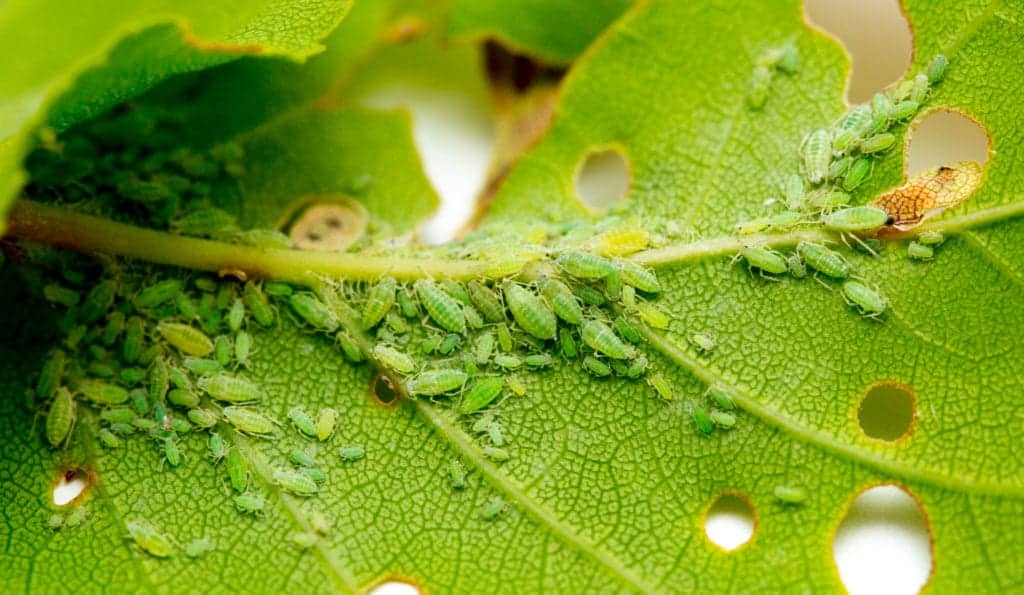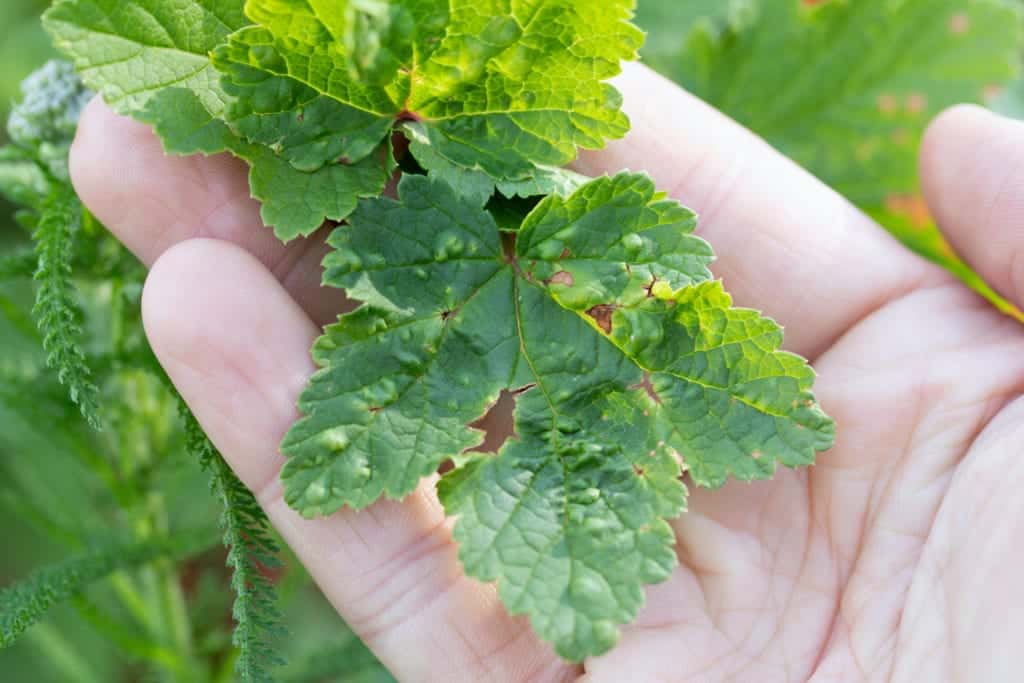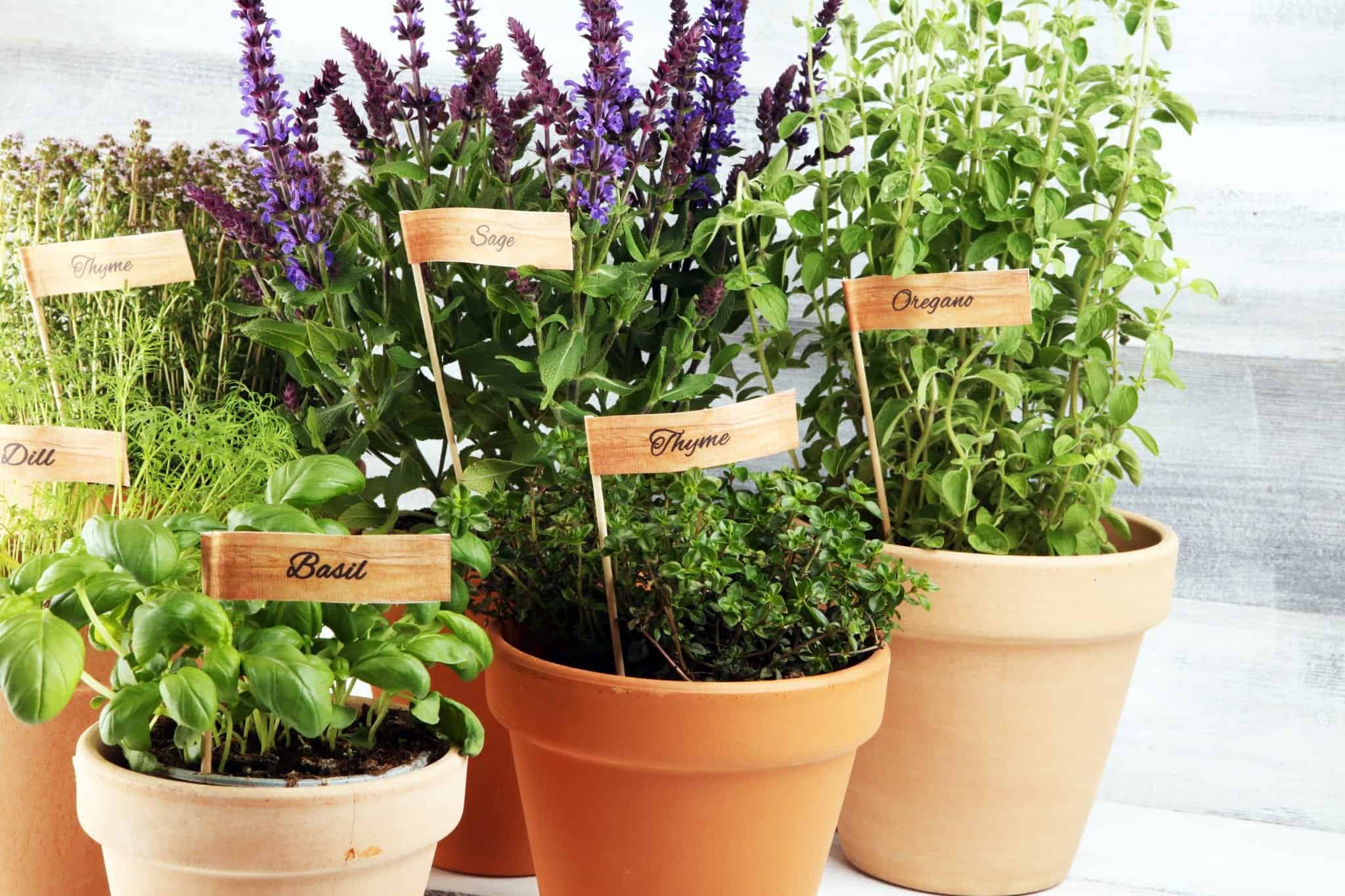What are Aphids and Why Are They a Problem?
What are Aphids and Why Are They a Problem?
Meet the Garden Gobblers
Aphids are notorious for one thing: their destruction of gardens. They are tiny, pear-shaped insects with soft bodies, long antennas, small beady eyes and, occasionally, wings. They come in a variety of colors including, black, white, green, red, pink, brown, and even a milky-clear hue. These tiny insects are social creatures that live in colonies and can often be found clumped together on the undersides of leaves, branches, and other foliage. These tiny insects are rather prolific breeders with females possessing the ability to produce between 40-80 offspring. Aphids also mature very rapidly, becoming full adults in just between 7 to 10 days, at which time they can begin to produce their own generation of offspring. Due to this, population explosions are rather common and occur throughout the United States. In fact, the population booms can be as drastic as 600 billion descendants being produced from one aphid in a single season. While their most common name is “aphid,” they are also frequently referred to as plant lice, whiteflies, wooly aphids, and greenflies. They are part of the family Aphididae and consist of 4,400 different species, of which 250 are known for damaging common garden plants. Thankfully, aphids generally do minimal damaged to trees and shrubs that are healthy and well-established, however, they can still be quite destructive. 
Damage and Destruction
Aphids use specialized mouth appendages to feed on the interior sap and fluids of plants When feeding on plants, some of their saliva is injected into the plant. This can cause leaves to pucker and for particularly susceptible plants, it can cause stunted growth or even be deadly. Most often however, flowers, fruit and other plants will simply grow to be malformed. In addition to this malformation, aphids can leave behind discolored spots on plants. This is due to their production of a waste called “honeydew.” This sugary liquid promotes the growth of a nasty mold that turns the plants a sooty black. The biggest danger, however, lies in their ability to spread malignant plant virus’. In some studies, it was found that it could even take a mere few seconds to infect a new plant with after an aphid bit into it. 
Natural Prevention
The destruction of aphids can truly be devastating to a garden you’ve worked so hard on. Luckily however, there are several natural ways you can help prevent an infestation from ever occurring. Attracting Ladybugs – These cute little beetles are one of the most popular and favored insects. This is partially due to them being rather harmless along with their gentle appearance, but it is also because they tend to be highly beneficial to most gardens. Both the adults and ladybug larvae are natural aphid predators and in a single day, can consume up to 60 aphids! This can stop aphid population growth in its tracks and help keep your garden free of those little problem makers. In some areas you can actually purchase ladybugs, but when that is not an option, filling your garden with certain plants can attract ladybugs to your yard naturally. These plants include:
- Dill
- Celery
- Parsley
- Fennel
- Carrots
- Queen Anne’s Lace
- Tansy
Repelling Plants – Like many insects, aphids have plants that they tend to avoid. Adding these to your garden can also help reduce the chance of an aphid population making its home in your yard.
- Onions
- Chives
- Leeks
- Shallots
- Scallions
- Garlic
- Basil
- Oregano
- Sage
- Nasturtiums
Aphids are garden terrors, but with some vigilance, and help from ladybugs and other plants, you can protect your precious plants from these garden gobblers. 
Citations
Delahaut, K. (no date) Aphids, The University of Wisconsin-Madison Vegetable Crop Entomology Extension and Research. Available at: https://vegento.russell.wisc.edu/pests/aphids/ (Accessed: October 2020). Espiritu, K. and Nielsen, L. (2020) Annoying Aphids: All About Aphididae and How to Get Rid of Them, Epic Gardening. Available at: https://www.epicgardening.com/aphids/ (Accessed: October 2020). Loran, I. (no date) How to Prevent, Deter & Get Rid of Aphids, Family, Food, & Garden. Available at: https://www.familyfoodgarden.com/how-to-prevent-get-rid-of-aphids-companion-planting-tips/ (Accessed: November 2020). MacCollom, G. B. (1997) Aphids, The University of Vermont Extension Department of Plant and Soil Science. The U.S. Department of Agriculture. Available at: http://pss.uvm.edu/ppp/pubs/el60.htm (Accessed: October 2020). Townsend, L. (2000) Aphids, The University of Kentucky College of Agriculture, Food and Environment. The Department of Entomology at the University of Kentucky. Available at: https://entomology.ca.uky.edu/ef103 (Accessed: October 2020).
Request a Free Quote Today
(We do not share your data with anybody, and only use it for its intended purpose)


